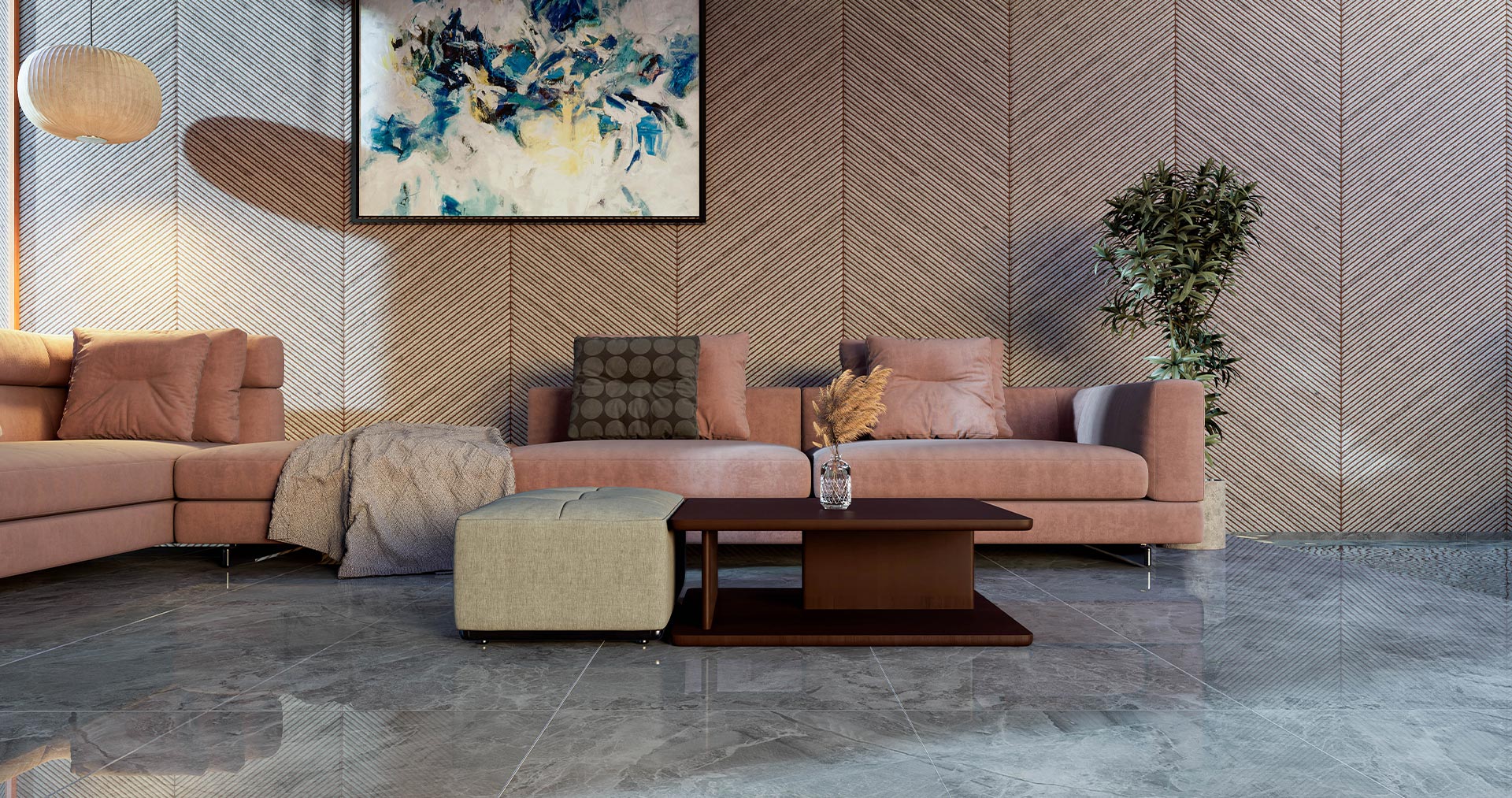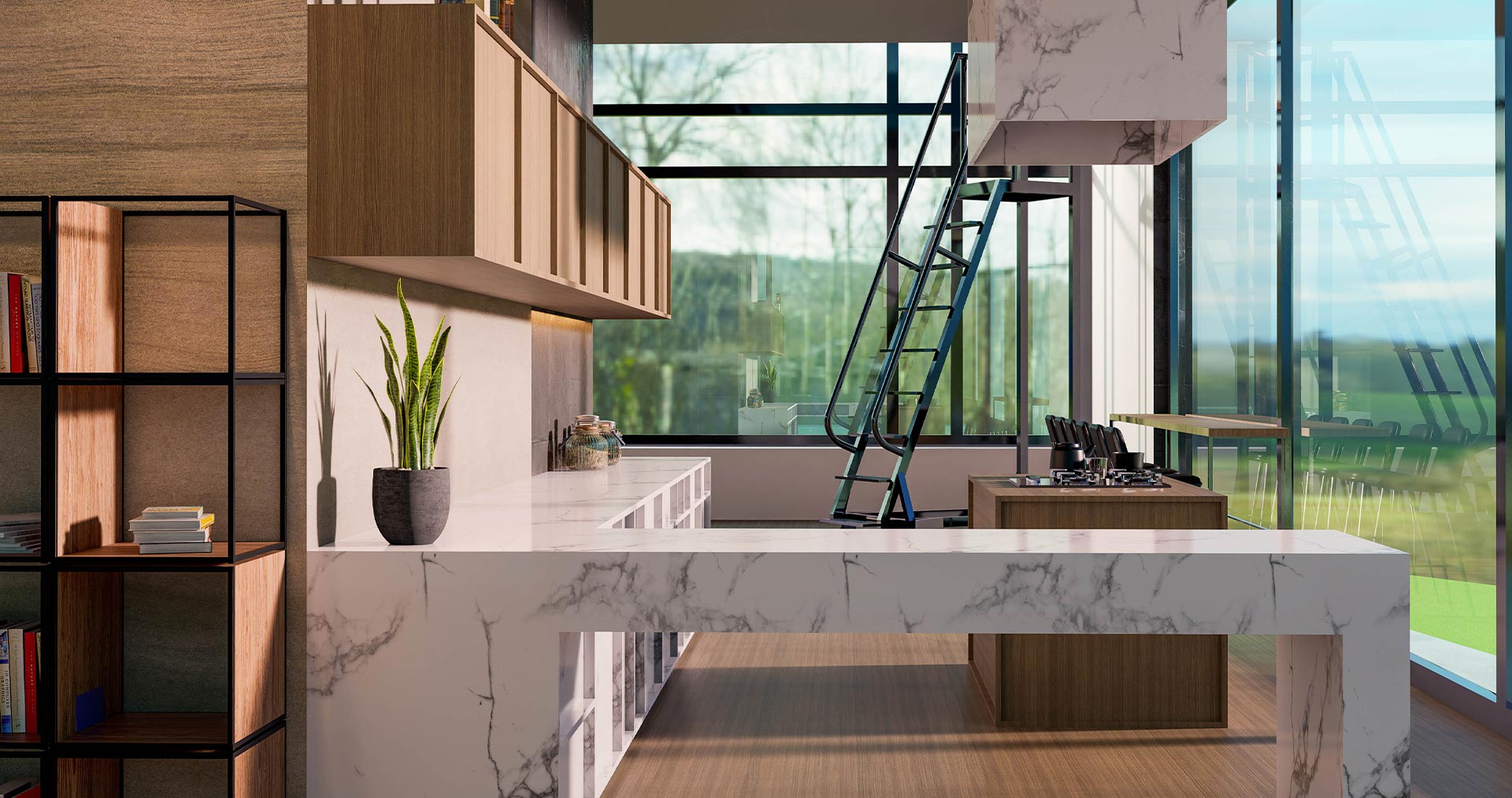Residential
Special Residential
Educational
Commercial
Assembly
Office/Business



Exotic
Standalone
Garden Villa
structure
Ground Floor
Location
Delhi
Plot Area
15 cents
Building Area/
Floor Area
214 Sq m (2300 Sq ft.)
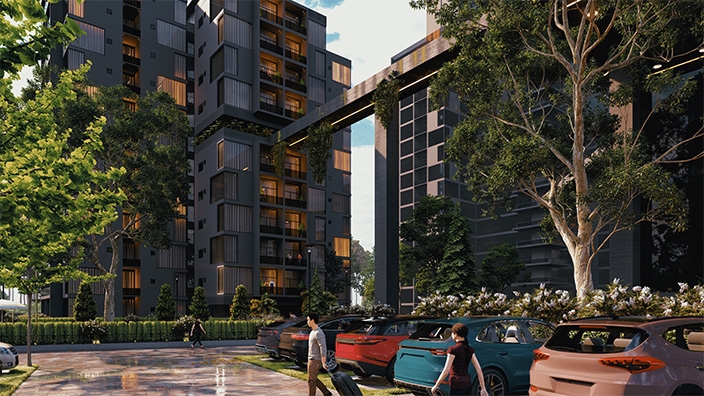
Wild Estates
structure
G plus 21
Location
Kerala
Plot Area
8.5 acres
Building Area/
Floor Area
42708 Sq m (459705 Sq ft)


Valley View
structure
G plus 1
Location
France
Plot Area
22 cents
Building Area/
Floor Area
316 Sq m (3400 Sq ft.)


Luxurious
Bungalow
structure
Ground Floor
Location
kerala
Plot Area
25 cents
Building Area/
Floor Area
371 Sq m (4000 Sq ft.)
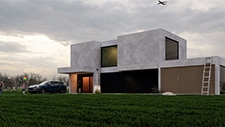
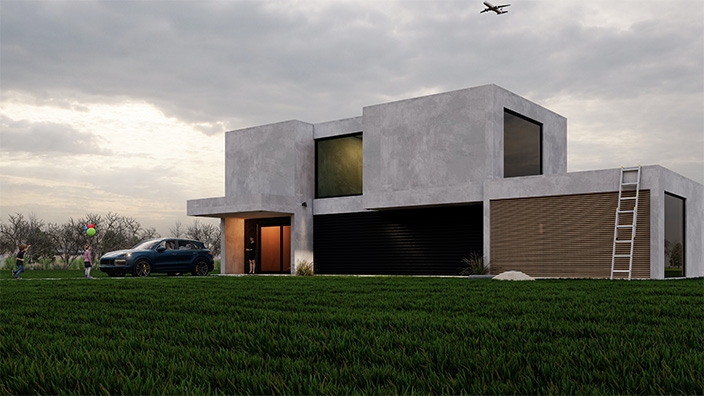
Orchard
structure
G plus 1
Location
oman
Plot Area
47 cents
Building Area/
Floor Area
313 Sq m (3,370 Sq ft.)

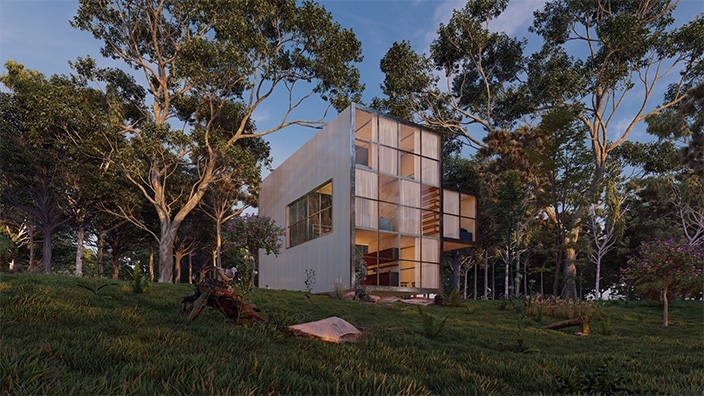
Urban
Container
House
structure
Single floor cum 2 mezzanine floors
Location
USA
Plot Area
Nill
Building Area/
Floor Area
119 Sq m (1200 Sq ft.)

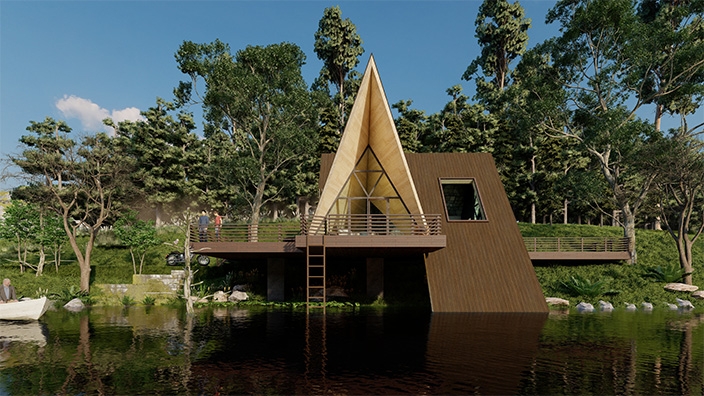
Luxurious
Dream Valley
structure
Ground floor
Location
kerala
Plot Area
5 acre
Building Area/
Floor Area
97 Sq m (1040 Sq ft.)

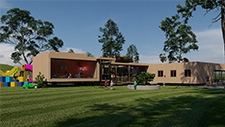

Rare and New
Books Public
Library
structure
G Plus 2
Location
UAE
Plot Area
1.5 acre
Building Area/
Floor Area
2260 Sq m (24326 Sq ft.)
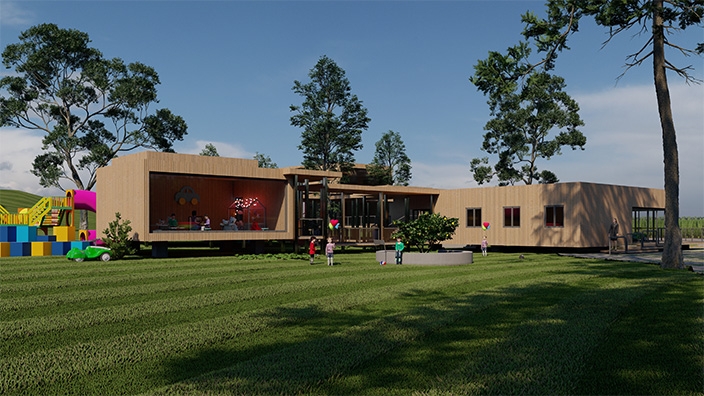
Abundant Life
Kindergarten
structure
G Plus 1
Location
sweden
Plot Area
1.7 acre
Building Area/
Floor Area
906 Sq m (9753 Sq ft.)

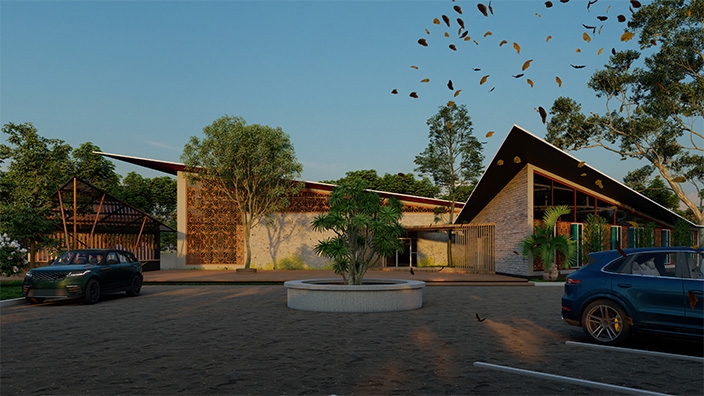
Coffee Lovers
Café
structure
Ground floor
Location
Kolkatta
Plot Area
67 Cents
Building Area/
Floor Area
586 Sq m (6305 Sq ft.)



Fast Motor Car
showroom
structure
G Plus 1
Location
Bangalore
Plot Area
69 Cents
Building Area/
Floor Area
2100 Sq m (22600 Sq ft.)
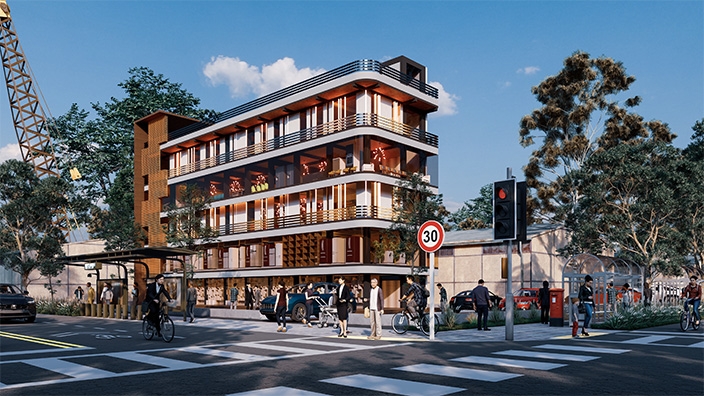
Royal Home
Appliances
structure
G Plus 4
Location
Mumbai
Plot Area
16 Cents
Building Area/
Floor Area
1300 Sq m (14,000 Sq ft.)
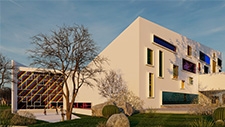

Gala
Auditorium
structure
G Plus 2
Location
Australia
Plot Area
6 Acres
Building Area/
Floor Area
5163 Sq m (55574 Sq ft.)
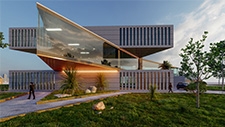

Skyline
structure
G Plus 2
Location
Bangalore
Plot Area
1.3 Acres
Building Area/
Floor Area
1397 Sq m (15037 Sq ft.)
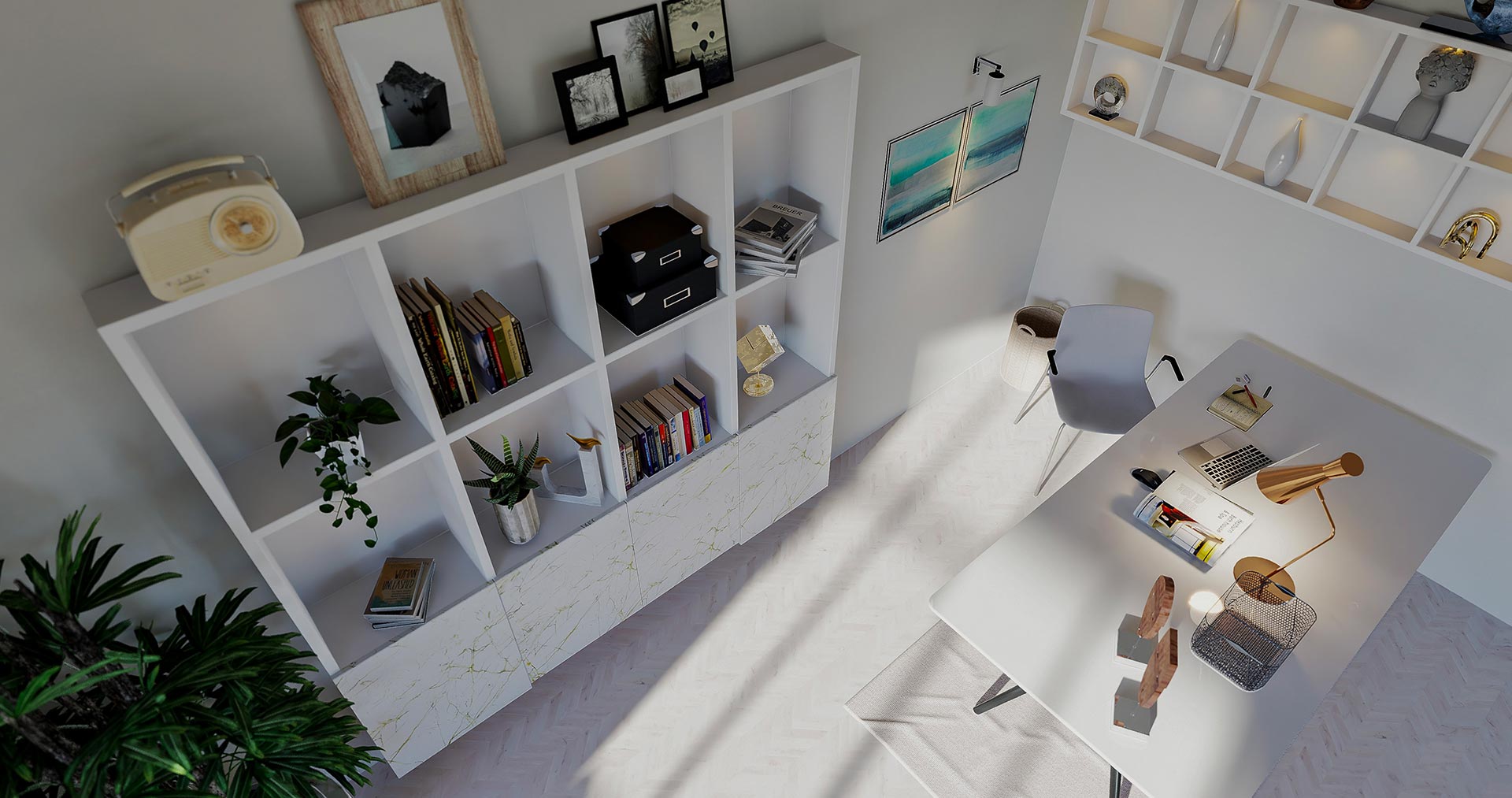
A Professional Guide to Navigating Architectural 2D Floor Plans with Confidence and Expertise
Written By
Haritha Kiran
Published on
April 22nd 2024
In the realm of architectural design, 2D – floor plans serve as the backbone, translating ideas into tangible representations of spaces. However, deciphering the technical aspects of these blueprints can be daunting even for seasoned professionals. This blog aims to empower architects and designers with the confidence and expertise needed to navigate architectural 2D – floor plans with ease and precision.
Reading and Interpreting 2D Floor Plans
When it comes to the world of architecture, 2D – floor plans are an essential tool for conveying design concepts and facilitating effective communication among professionals. In this section we will provide a professional guide help to navigate 2D – floor plans with confidence and expertise.
Step-by-step guide to reading 2D floor plans
To effectively read and interpret 2D – floor plans, it’s significant to follow a systematic approach. Here is a step-by-step guide to help navigate through the process:
Familiarize with the scale: Start by identifying the scale at which the floor plan is drawn. This information is usually provided in the legend or title block. Understanding the scale will help accurately assess dimensions and spatial relationships.
Analyse the orientation and layout: Examine the orientation of the floor plan to understand the cardinal directions. It will give a sense that how the building situated on the site. Then, analyse the overall layout, noting the placement of rooms, corridors, and other architectural elements.
Identify the icons and annotations: Pay close attention to the icons and annotations used in the floor plan. These may include notations for doors, windows, fixtures, and other elements. Understanding the icons enables deciphering the design intent more accurately.
Evaluate the dimensions: Study the dimensions provided on the floor plan to determine the size and proportions of each room or area. Pay attention to the labeled measurements and ensure that they align with the expectations and design requirements.
Identifying different architectural elements (e.g., walls, columns, beams)
In order to fully grasp the intricacies of a 2D – floor plan, it is crucial to identify and understand the various architectural elements depicted. Here are some key Components to focus on:
Walls: Solid lines on a floor plan typically represent walls. They delineate the boundaries of rooms and define the structural framework of the building.
Columns: Columns are vertical structural elements that provide support to the structure. Depending on the drawing convention, thicker lines or symbols often represent them.
Beams: Beams are horizontal structural members that distribute the load across walls and columns. They can be represented by dashed lines or symbols, depending on the drawing style.
Doors and windows: These elements are crucial for circulation and ventilation. Openings in walls with swing or slide symbols usually depict doors, whereas rectangular shapes with additional symbols indicating the type of window represent windows.
Understanding spatial relationships and circulation patterns
Spatial relationships and circulation patterns are fundamental aspects of architectural design. When examining a 2D – floor plan, consider the following:
Room adjacency: Observe how different rooms are interconnected and identify the flow of movement between spaces. It will help in understanding the functionality and organisation of the building.
Circulation paths: Look for corridors, hallways, and staircases to determine the circulation routes within the building. Consider how people will move through space and whether the circulation design aligns with the intended purpose of the building.
Zoning and separation: Note any areas that require specific zoning and separation, such as public and private spaces, or areas with specific functions like kitchens or bathrooms. Understanding these distinctions is crucial for efficient design and space planning.
Extracting key information from floor plans for design and construction purposes
While reading 2D – floor plans, it is essential to extract key information that will aid in design and construction processes. Consider the following aspects:
Dimensions and scale: Accurately measure and record dimensions to understand the scale of the building and ensure that design elements fit within the available space.
Materials and finishes: Look for notations or symbols that indicate the materials and finishes specified for different areas. This information will guide material selection and construction processes.
Structural elements: Identify structural components like load-bearing walls, columns, and beams to ensure that design concepts align with the structural integrity of the building.
Services and utilities: Pay attention to symbols and annotations that represent electrical, plumbing, and HVAC systems. This information will help in coordinating the placement of services during the construction phase.
In conclusion, mastering the art of reading and interpreting 2D – floor plans is a fundamental skill for any highly knowledgeable architect. It empowers professionals to extract vital information, make informed design decisions, and ensure seamless communication during the construction process. With Argitektur’s expertise, clients can confidently navigate these intricate plans, transforming their architectural dreams into awe-inspiring realities with precision and ease.
Subscribe to learn about new product features,
articles, and Updates












